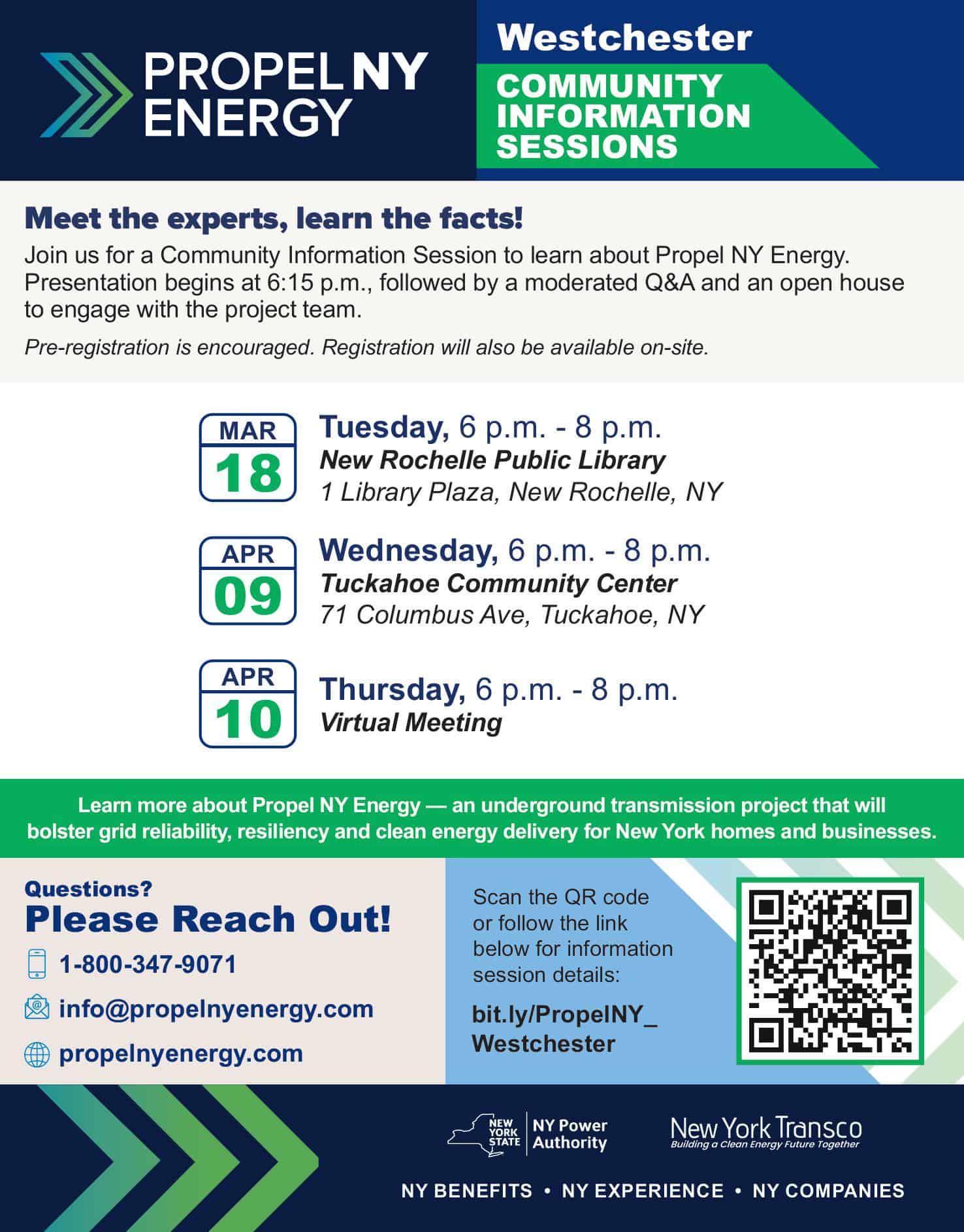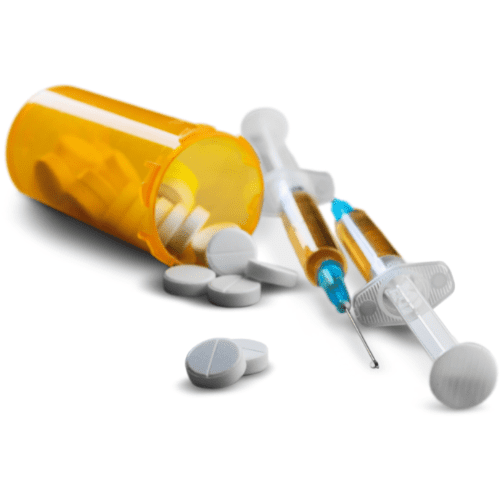A group of nurses called The Last Pizza Party is working to make safe nurse-to-patient ratios a national law and help nurses unionize throughout the United States. This grassroots movement became a nationwide campaign and has reached like-minded nurses in other countries including Australia, England and Canada.
In March leaders of the phenomenon created a TikTok nurse takeover in which they enlisted the help of several nurse creators to spread the message about what nurses can do if faced with unsafe patient assignments, and other measures to take to protect their patients and licenses. Speaking out against the
status quo comes at a cost, said Nurse Erica, founder of the nurse advocacy group, which can be found across social media and online at thelastpizzapartymovement.org.
“We are risking our careers and livelihoods by speaking out about what really goes on behind the scenes. We are afraid to use our full names publicly because there is real risk associated with that,” said Erica, who specializes in pediatrics and hospice and palliative care and currently works in nursing management.
“Nurses are very concerned with staffing levels because they are concerned about patient safety,” said Deborah Burger, a registered nurse and a president of National Nurses United, United States’ largest union and professional association of registered nurses. Nurse-to-patient ratios vary and are dependent upon the
type of nursing unit, Nurse Erica said. If nurses are given more patients than they can safely handle it leads to missed opportunities to intervene, which negatively affects patient outcomes, Burger said.
A new nationwide survey from National Nurses United of more than 9,200 registered nurses reveals that a year into the pandemic, registered nurses are still being placed in harm’s way. Short staffing is the biggest safety concern, and 81% of nurses report they are forced to reuse single-use PPE. Just more than half (54%) of registered nurses overall and over half (61%) of registered nurses in hospitals report that they have ever been tested for COVID-19.
Nurses are taking a stand. As recently as March 26 health care workers at Methodist Hospital of Southern California took part in a picket and car caravan to highlight patient safety concerns including short-staffing and poor infection control throughout the pandemic.
The most expansive labor law legislation since 1935, the Pro Act has passed the House of Representatives and if approved by the Senate would make vast, union-friendly changes to the National Labor Relations Act.
“It would essentially do away with ‘right to work’ laws in the 27 states that have them,” Erica said. “Most importantly it would make it exponentially easier for
workers — all workers, not justnurses — to unionize.” The Pro Act is not only good for nurses; it’s good for patients, Burger said. Unionization protects nurses when speaking out or raising the alarm about unsafe practices and gives nurses other valuable protections. The Pro Act would put in place a process to deal with quality issues “so patents get not only the care they deserve but that they are paying for,” Burger said.
The issues many nurses are fighting for, such as safe staffing ratios and access to PPE, isn’t shocking if it’s understood how health care is set up as a for-profit system, said Burger, who along with National Nurses United supports the Medicarefor All Act of 2021. “Hospitals are withholding supplies because it saves money. Nurses are facing moral distress of dealing with all this while we are being told we are heroes. It’s an exercise in cognitive dissonance,” Burger said.
Now is the time for change, Erica said.
“Nurses need to educate themselves about the benefits of nursing unions and begin demanding safe working conditions. They should be pressuring their legislators to pass federally mandated nurse-to patient staffing reform. They should be documenting every incident of unsafe staffing and
reporting it,” she said.






